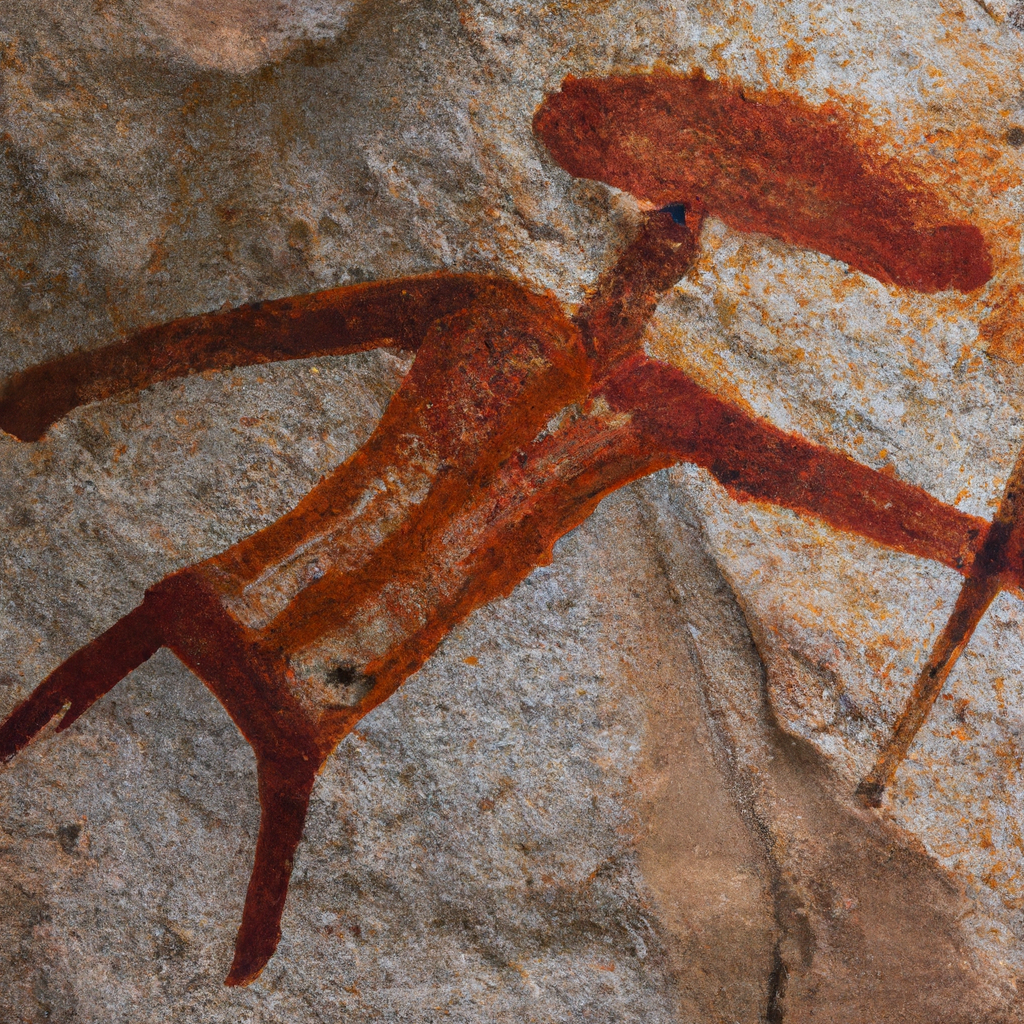The discovery of a 51,200-year-old cave painting in the remote limestone caverns of Indonesia captivates an audience far beyond the customary confines of archeologists and historians. It invites us, the myriad dwellers of the modern and mechanized world, to pause and peer into the misty realms of prehistoric artistry. The subject of this ancient mural, astonishing in both its antiquity and its artistry, is a pig, depicted in reddish-brown ocher and surrounded by enigmatic, human-like figures.
This sultry, subterranean tableau invites a myriad of interpretations, a testament to the deep-seated human inclination toward both art and symbolism. The pig, rendered with surprising detail, seems almost to confront its viewers, its eyes holding a hint of the wilderness untamed by time. Around it, the humanoid figures stand as spectral witnesses, their forms blurring the line between human civilization and the animal kingdom, a poignant reminder of our shared origins.
The painting's precise strokes reveal not only an aesthetic sensibility but also a sophisticated understanding of composition that belies its epoch. Through these primal brushstrokes, the anonymous artist speaks, suggesting a narrative steeped in the mystic—the ritualistic, perhaps, or the everyday life of their community. It isn't merely a depiction; it is a connection, a continuation of the human saga through the medium of ochre on cave wall.
This significant find, nestled deep in the heart of Indonesia's lush landscapes, serves as a proud sentinel of human creativity. It challenges our contemporary arrogance, reminding us of the long and intricate history of art as a form of communication, ritual, and personal expression. As New Yorkers, avid patrons of the arts, how thrilling it is to witness this echo of ancient creativity, resonating through millennia to stimulate minds nurtured on the diversified cultural banquet that our city offers.
The discovery beckons us to reflect on the unbroken, though often unseen, threads that connect us to our distant ancestors. It inspires a profound appreciation for the mysterious and beautiful ways in which art transcends time, serving as an enduring vessel for the human experience. Herein lies the timeless dialogue between past and present, a dialogue that continues to shape our understanding of art and its crucial role in society—a dialogue that, indeed, can be as profound and enigmatic as a simple painting of a pig surrounded by shadows.

